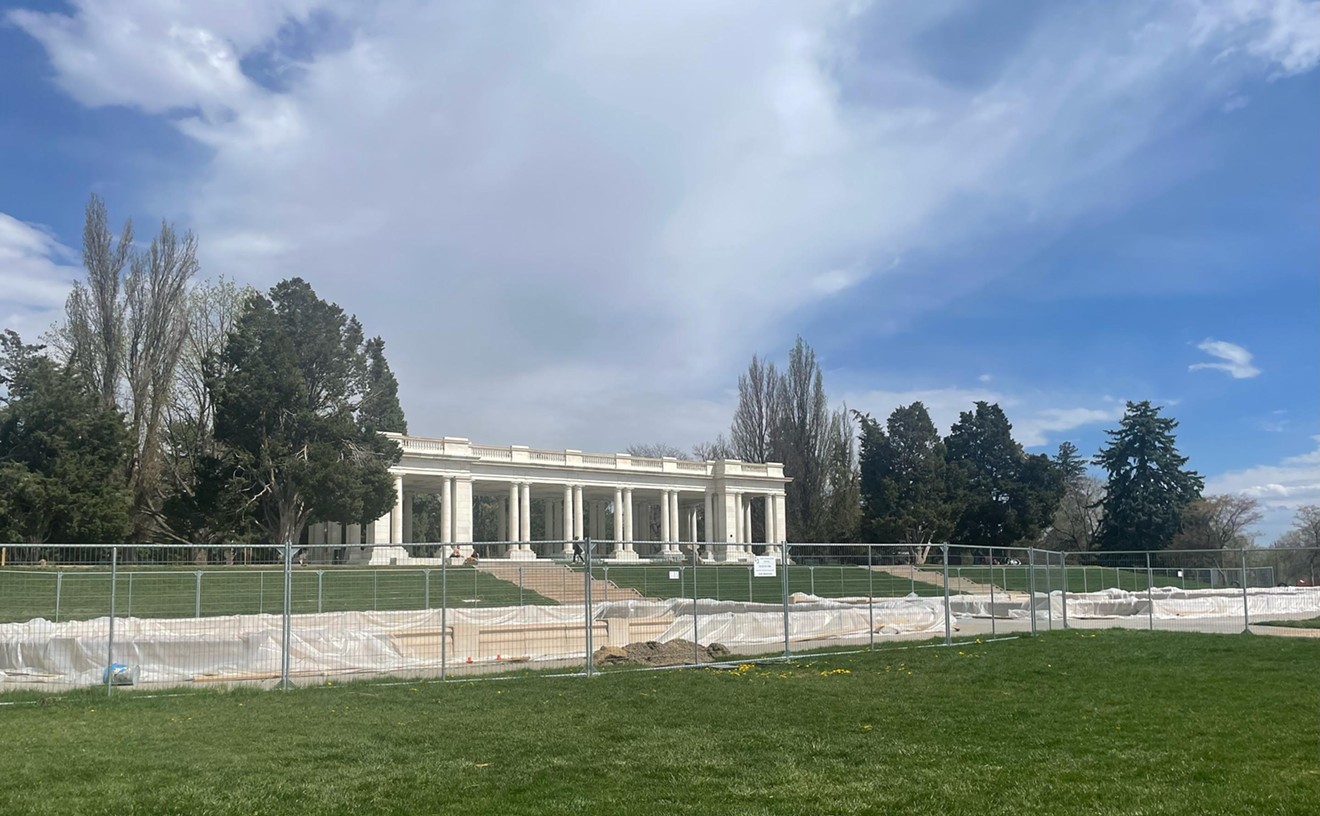Springer's descendant sold the property to the head of Phillips Petroleum in 1920, who in turn sold it to Wolhurst Stock Farms six years later. In 1937, Lawrence Phipps Jr., son of a U.S. senator, bought the land for cattle ranching.
Phipps died in the mansion in 1976. Two years later, the California-based Mission Viejo Company purchased the land for a reported $24 million from a group of investors led by oil tycoon Marvin Davis. Mission Viejo officially named the property Highlands Ranch.
Only 11,000 residents joined the Ranch during its first decade. Then, in the 1990s, aided by employment growth in the nearby Denver Technology Center and Mission Viejo's decision to sell lots to other homebuilders, the population of Highlands Ranch shot to 70,000. For a time, real estate agents said that homebuyers could get more quality home for their money in Highlands Ranch than just about anywhere else in the Denver area.
But the massive growth caught up with homeowners, who complained that the same glut of new developments that made Highlands Ranch such a deal was also torpedoing their resale values. In 1997, the California-based builder Shea Homes bought the Ranch from Mission Viejo then-owner Philip Morris. Shea Homes says they have since slowed growth from about 2,500 new homes per year to 1,000. By 2005, the community will be built out at 36,700 homes, with an estimated population of 95,000.
Today Highlands Ranch is one of the largest unincorporated communities in the country; it's governed by elected county commissioners and a board of representatives. Homeowners pay a $382 annual fee to the Highlands Ranch Community Association, a de facto secondary local government with an annual budget of $14 million. The funds pay for a family's membership to the popular recreation centers, as well as to help fund community programs and the HRCA administration.
Services such as police, roads and schools are paid for through property taxes and provided by Douglas County, while fire services are contracted to the Littleton Fire Department. New-home prices in Highlands Ranch begin around $165,000 for a townhouse and climb to more than $1 million for a custom home.
And Highlands Ranch continues to appeal to its target buyers. Echoing the praises of many residents, three-year homeowner Julie Bautista says, "It's a great place to raise a family, with great schools and lots of outdoor opportunities."










